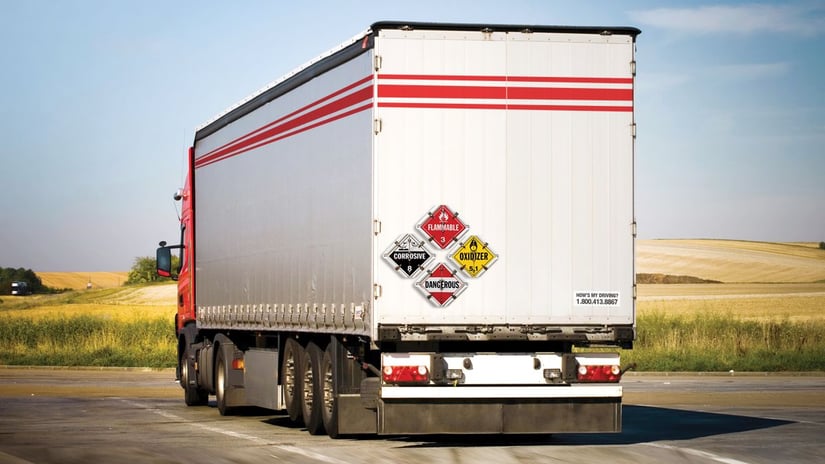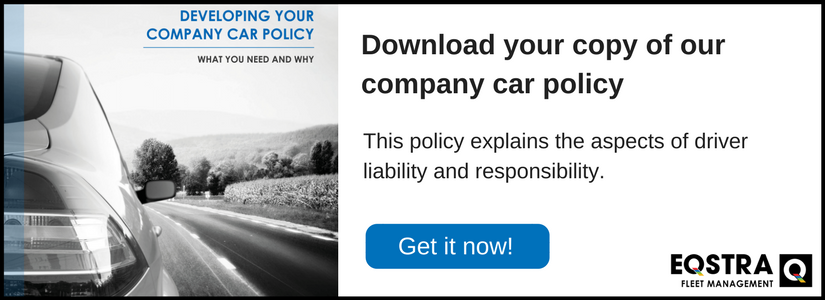
The transport of hazardous chemicals is one of the most dangerous, and strictly regulated, fields of fleet management.
Fleet managers responsible for running a hazardous chemical fleet know every detail counts. There’s no room for error and vehicles need to be carefully selected and maintained in top condition. The risks of poor maintenance or purchasing vehicles that aren’t perfectly suited to the job are enormous and can have severe repercussions for the business.
The perfect vehicles for your hazardous chemical fleet all depends on the type of chemicals you’re transporting as well as the routes and distances your fleet travels. Depending on the load, companies will use anything from panel vans to tankers. That said, there are some universal guidelines when it comes to ensuring your fleet is fit for purpose when transporting hazardous chemicals. All regulations and requirements are detailed in Section 54 (Chapter VIII) of the National Road Traffic Act, 1996
Vehicle Accessories
All vehicles transporting hazardous chemicals in South Africa, need to be equipped with the following:
- Fire extinguishers and quick-release brackets mounted on the exterior
- Orange Warning Diamond and Bracket on the front (must be removable when vehicle is nominally empty / unloaded)
- Three placards with brackets fitted to both sides and rear of each vehicle/ trailer (must be removable when vehicle is nominally empty / unloaded)
- Battery cut-off switch (Isolator switch) mounted on the exterior of the vehicle, in close proximity to the battery / battery pack.
- Battery cover (for vehicles with externally-mounted batteries)
- Designated Space (orange container, marked “DOCUMENTS”, mounted centre of the cab. (Documents for current loads only kept here whilst in transit)
- Prohibition Signs on both sides and rear (may be permanent) – No Smoking, No Naked Flame, No Cell phone
- High sides (600mm) – rails or fixtures that prevent loads from becoming dislodged and spilled in transit. Applies to flatbeds, drop sides, open load-body and curtain-side vehicles.
Driver Training
Driver training is a crucial part of any successful fleet, but drivers transporting hazardous chemicals need to undergo additional training that focuses on how to react and deal with any type of incident when out on the road. All such driver training has to meet regulation and fleet managers must ensure it is done through approved training bodies.
Documentation
One of the most important items on the checklist when transporting hazardous goods is to ensure all documentation is in order. If an incident occurs, responders to the scene need to know exactly what chemicals they’re dealing with in order to secure the area and also to clean up afterward.
These documents must be stored in an easily-accessible and clearly marked space so that workers responding to an accident can easily locate the necessary information. These documents need to be updated and checked before every trip.
Maintenance and Inspections
Vehicle maintenance and pre-trip inspections are an important part of any fleet operation. When you’re dealing with hazardous chemicals, however, these need to be done with extreme diligence. Fleet managers need to ensure that vehicles are maintained according to manufacturer requirements, but they also need to ensure that load areas are regularly checked for any potential leaks or weak points.
Fleet managers in charge of these specialised fleets need to ensure that pre-trip inspections are done thoroughly. Many companies will have their own checklists, designed for their specific cargo, and these checklists need to form a big part of driver training, as well as anyone involved in pre-trip preparations.
Whether your fleet is made up of panel vans or large tankers, the above rules always apply. Running a fleet that transports hazardous chemicals is a highly specialised job, and fleet managers need to ensure they’re always on track with best practice in the industry. This is the best way to ensure your vehicles are always fit for purpose and that you aware on any upcoming changes in regulation and can adapt your fleet accordingly.

